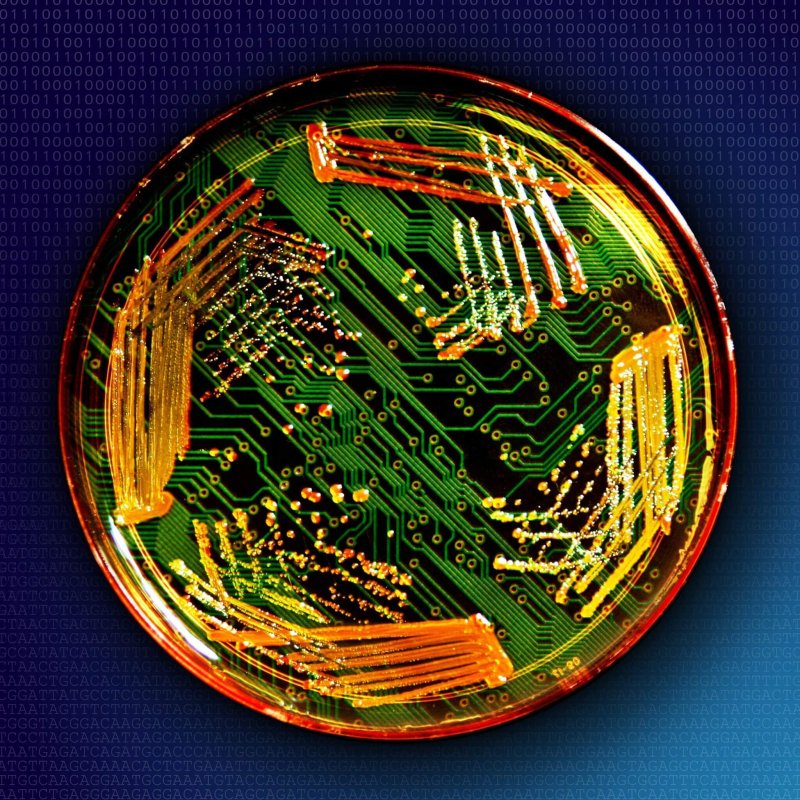The Chronicle of Higher Education profiles Jim Collins, a Boston University bioengineer and founder of synthetic biology.
Synthetic biologists have claimed they could use genetic engineering to develop biofuels, cure diseases, and even construct a house. Many of those promises have so far failed to materialize, and the discipline still lacks a proper textbook and teachers. Billions of dollars have been invested in synthetic biology start-ups, but the hype is starting to die down, says TCHE reporter Paul Voosen.
Most of those companies have made grinding progress, not breakthroughs.
There’s a simple reason for this problem: The tools have outpaced the knowledge. The cost of genetic sequencing and synthesis continues to plunge, but the functions of many genes in even the simplest forms of life, like bacteria and yeast, stubbornly hold on to their secrets. Genetic networks interact in complex, mysterious ways. Engineered parts take wild, unexpected turns when inserted into genomes. And then evolution, a system that would drive any electrical engineer mad, tiptoes in.
Despite all that, Collins thinks the field is moving in a positive direction. “Much potential remains to reinvent manufacturing and medicine,” Voosen writes, “but the road is far longer than some imagined.”
Read the full article here: Synthetic Biology Comes Down to Earth































